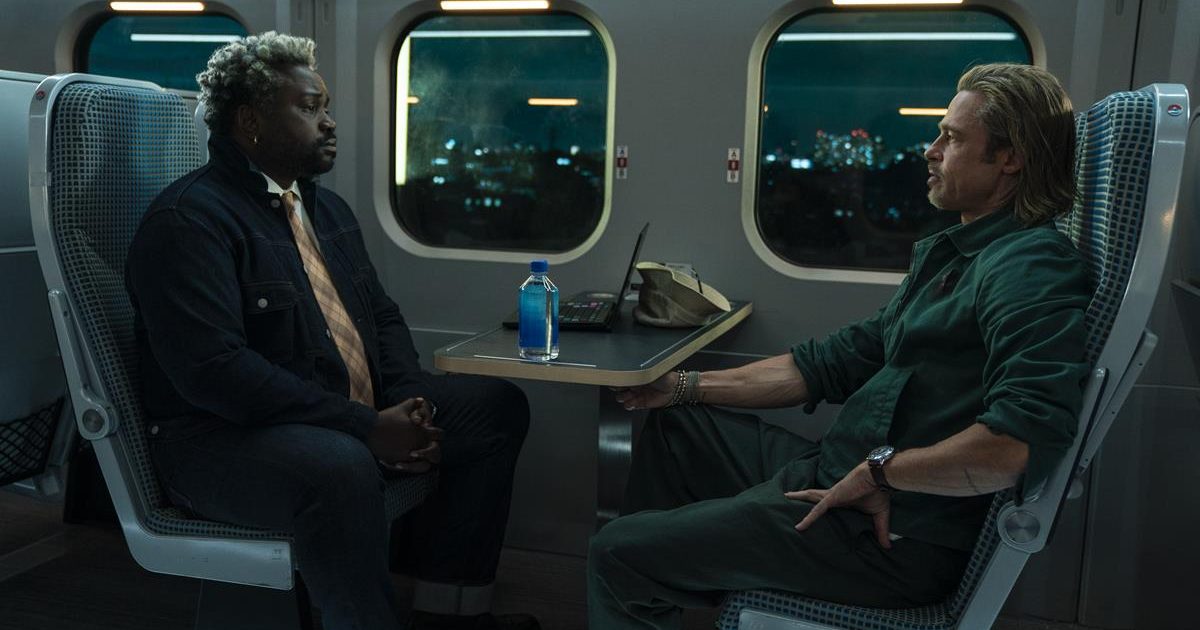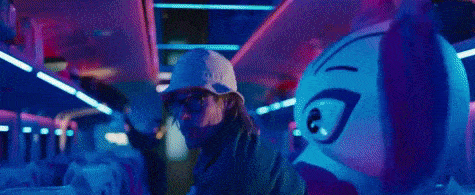
On the whole, it’s wrong to try to limit any creative person’s output. Talking to Hollywood editor Elísabet Ronaldsdóttir, ACE about her record cutting fight sequence-driven features like John Wick, Atomic Blonde, and now Bullet Train, the conclusion that she shines only at action is misguided.
Pushing her further on where her skills were forged, it becomes apparent that she has rhythm, matured by the dance choreography short films and art installations she’s done in her native Iceland. Those skills were then further honed in documentaries and over the course of a year on LazyTown, the Icelandic kids television juggernaut.
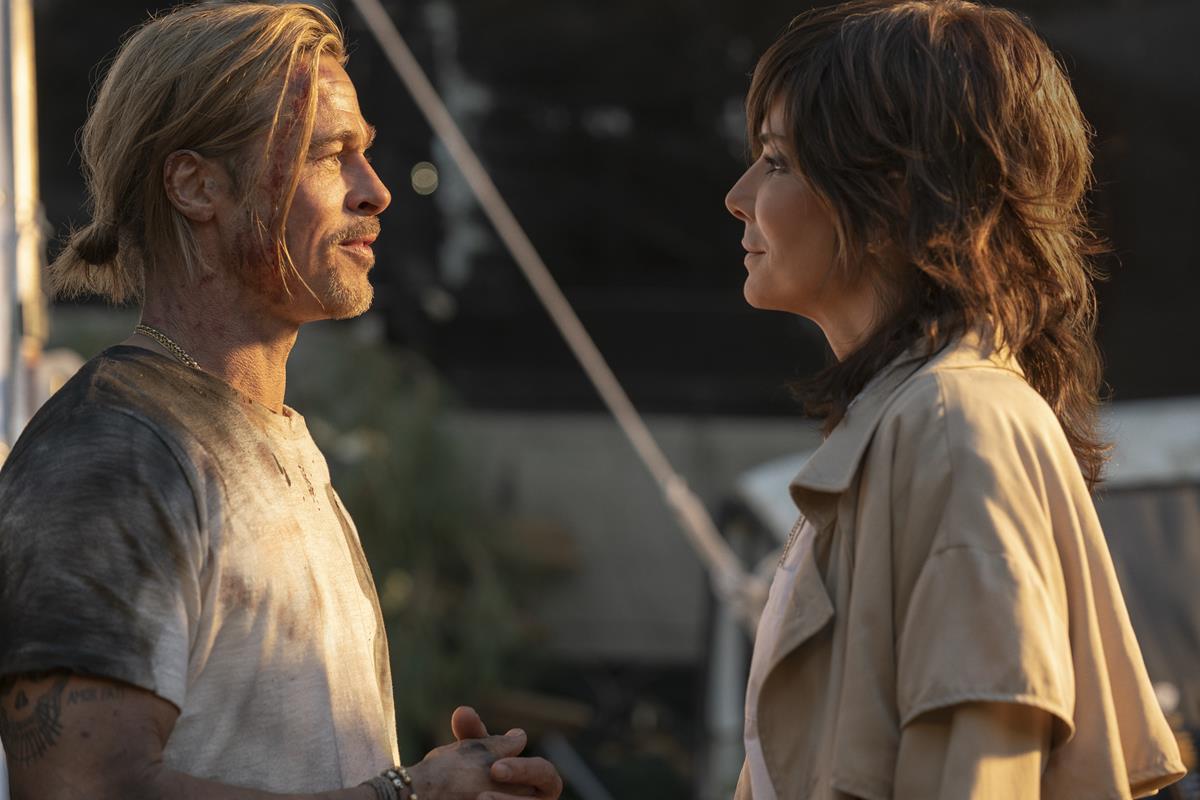
However, Ronaldsdóttir does concede the link to movement that her action movies have. “Action for me is the alpha male dance. But it’s all choreographed the same way as a dance. But nobody gets hurt and all the blood and gore is added later.
“I do think that all editors can do whatever genre they’re challenged with. But when I was doing those dance movies, the thing that I feel that I’ve been able to take with me into the action world is the way you can just experiment with the movement, with rhythm and push the choreography even further in post.”
Ronaldsdóttir is quick to recognize the worth of her collaborations with a team she calls her “film family.” It includes director David Leitch, producer Kelly McCormick, and production designer David Sheunemann. She says she feels humbled to work with such talent and in such a creative environment.
“I feel lucky I work with the best stunt people, with producers who understand the worth of putting time and money into training people. Have a director that knows where the camera goes and an amazing DP which is Jonathan Sela. We’re like a clan.”
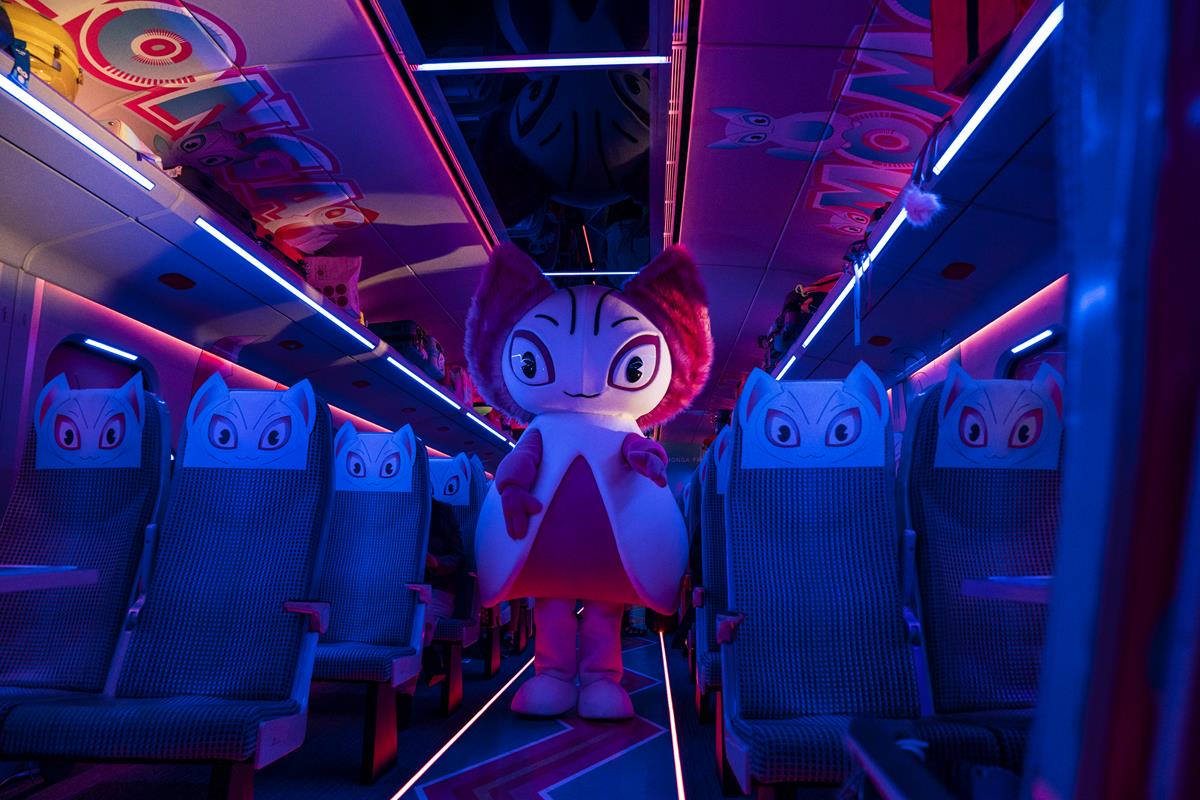
True collaboration, Ronaldsdóttir says, means you can question each other and be open to being dialed in to something you’re missing. “Filmmaking is one of the most collaborative arts. Part of that is the dialog but also pushing each other. I need to be pushed; you have to be pushed outside of your comfort zone.
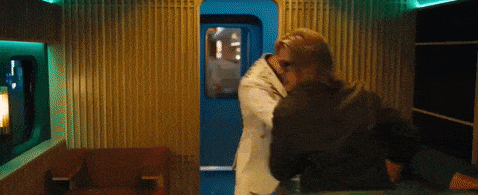
“When you have this type of ‘clan’ there is trust so maybe you can push further. You know it’s ‘friends’ and you don’t have to tiptoe around it but always be respectful. It’s such a thrilling ride to discuss how to get a movie where you want it, we all want it.”
LIGHTS, CAMERA, ACTION! SPOTLIGHT ON FILM PRODUCTION:
From the latest advances in virtual production to shooting the perfect oner, filmmakers are continuing to push creative boundaries. Packed with insights from top talents, go behind the scenes of feature film production with these hand-curated articles from the NAB Amplify archives:
- Savage Beauty: Jane Campion Understands “The Power of the Dog”
- Dashboard Confessional: Ryusuke Hamaguchi’s “Drive My Car”
- “Parallel Mothers:” How Pedro Almodóvar Heralds the New Spanish Family
- “The Souvenir Part II:” Portrait of the Artist As a Young Woman
- Life Is a Mess But That’s the Point: Making “The Worst Person in the World”
Bullet Train resulted in around 200 hours of footage, and you have to add in at least two cameras and the off-speed captures of 45, 60 and 90 frames-per-second. But Ronaldsdóttir had her team for support, including her first assistant editor, Nick Ellsberg, whom she says she couldn’t do anything without. “We were all working remotely of course and [I] had an amazing first assistant, Nick. Let’s not pretend otherwise, he’s not my assistant. He runs that ship, and nothing would happen without him.”
Like many editors, Ronaldsdóttir isn’t particularly a great fan of technology, but she employs an AVID workflow because most production pipelines are built around the platform. She’s moved through film editing with Steinbeck flatbed editors to current-day workflows, using many different pieces of software along the way. “All this is just a tool,” she says almost dismissively. “I’m not interested really in the technique. I’ve been blessed with a great post team while I concentrate on story and characters and pace.”
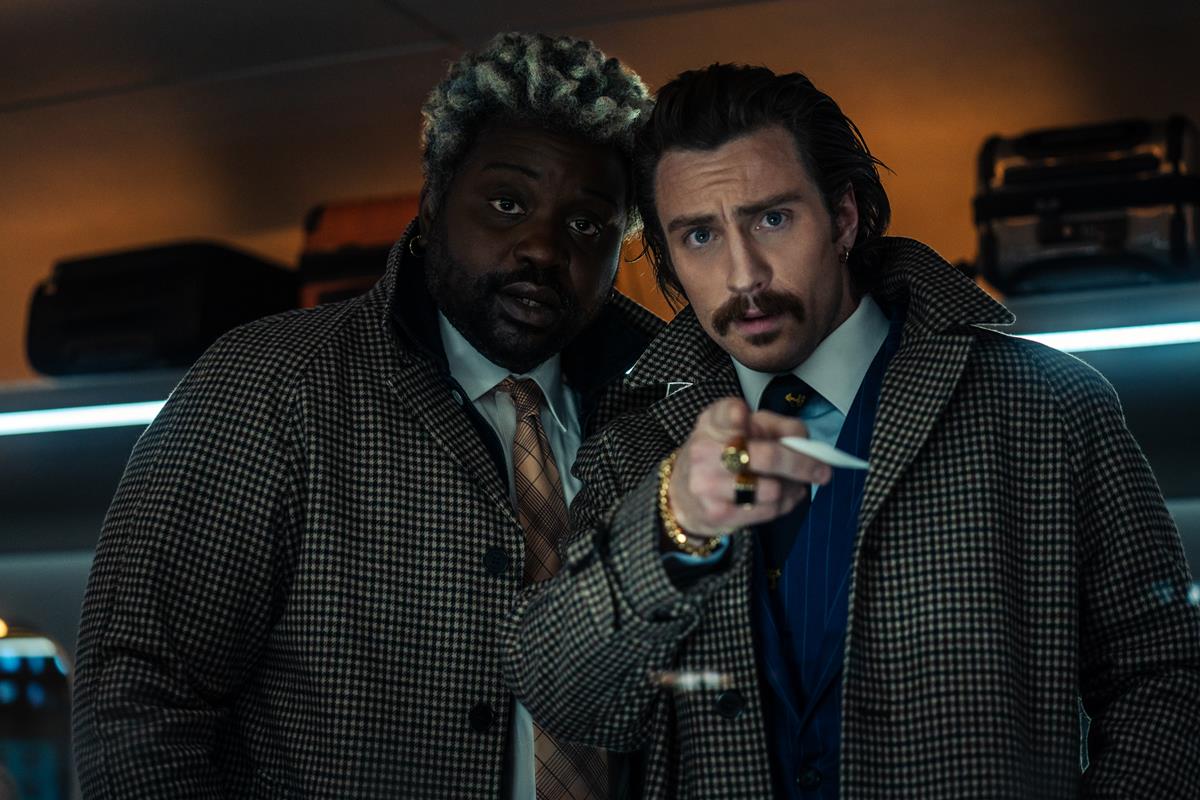
For Bullet Train, Ronaldsdóttir definitely had her work cut out for her as it features an ensemble of characters on the same train. Each one with their own story, backstory, and shining moment. “You have to balance them so all characters get to shine without over-stepping each other. It was a fun puzzle. Also because of all of our characters are played by actors that are very strong,” she recounts.
“How we brought those backstories in was something we experimented a lot with. You have to concentrate on doing the script justice,” she continues. “You have great moments when you’ve cracked a particular problem you’ve been facing. But again, that’s through a lot of experiments. You can keep editing forever, that’s why we have deadlines.
“We don’t make mistakes in post, we just make decisions,” Ronaldsdóttir concludes. And those decisions might define your part in a project. However, she doesn’t romanticize the process of editing; 30 years of experience proves that. “It took me a long time to learn that you just have to recognize a rabbit hole when you’re in one. But I absolutely enjoy just trying things and especially working with David. He’s so willing and so unafraid to take his film and turn it upside down and try different things. We’re working in movies, we should have fun with it. If we don’t have fun, why should the audience.”
Ronaldsdóttir certainly knows how lucky she has been with the movies she has been involved with. Perhaps the first John Wick movie that she cut with directors Chad Stahleski and David Leitch or Atomic Blonde, which is one of her favorites, have aided in elevating this action movie to further heights. Ronaldsdóttir thinks she knows the secret of this particular imagery.
“Chad and David and then David in Atomic Blonde brought in extremely tall actors, both Keanu and Charlize Theron. They’re so tall so all of the movements are so majestic. It happens a lot that people in stunts are sometimes smaller and it’s beautiful and amazing and fast but with those tall people you get more majesty, like the hand movements are longer, kicking is a longer movement,” she explains.
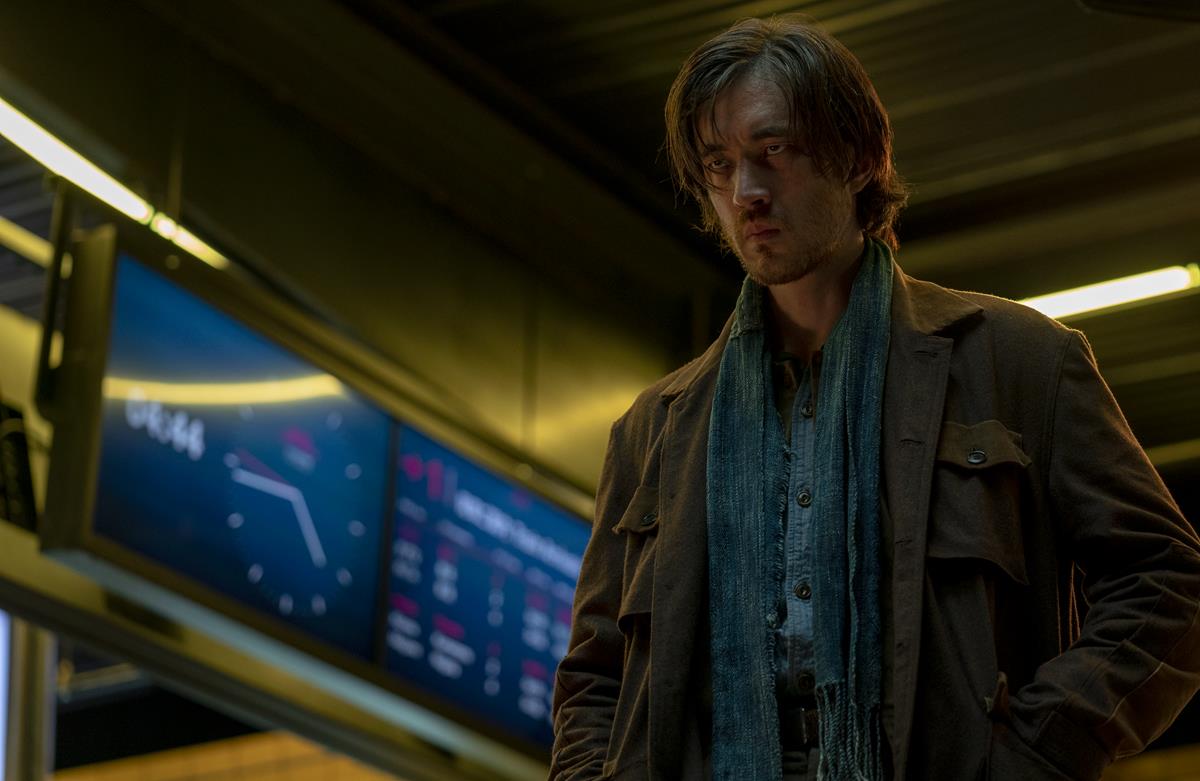
“And the team know exactly how to frame them in camera for the greatest effect. It’s such a delight working with people who have such passion. I feel like I’ve learnt a lot and still learning.”
Ronaldsdóttir has an extremely healthy attitude to her work, although she admits to being a workaholic and will soon be in Australia working on Fall Guy with Ryan Gosling and David Leitch again. “We inspire each other to have ideas and it’s important that people have a safe space to bring in good ideas. But you also have to welcome bad ideas as they absolutely can spark a dialog that can lead to a perfect solution.”

Want more? Speaking to Vanity Fair, director David Leitch breaks down action sequences from his movies including John Wick, Fast & Furious Presents: Hobbs & Shaw, Atomic Blonde, Deadpool 2, Bullet Train, and Fight Club:


